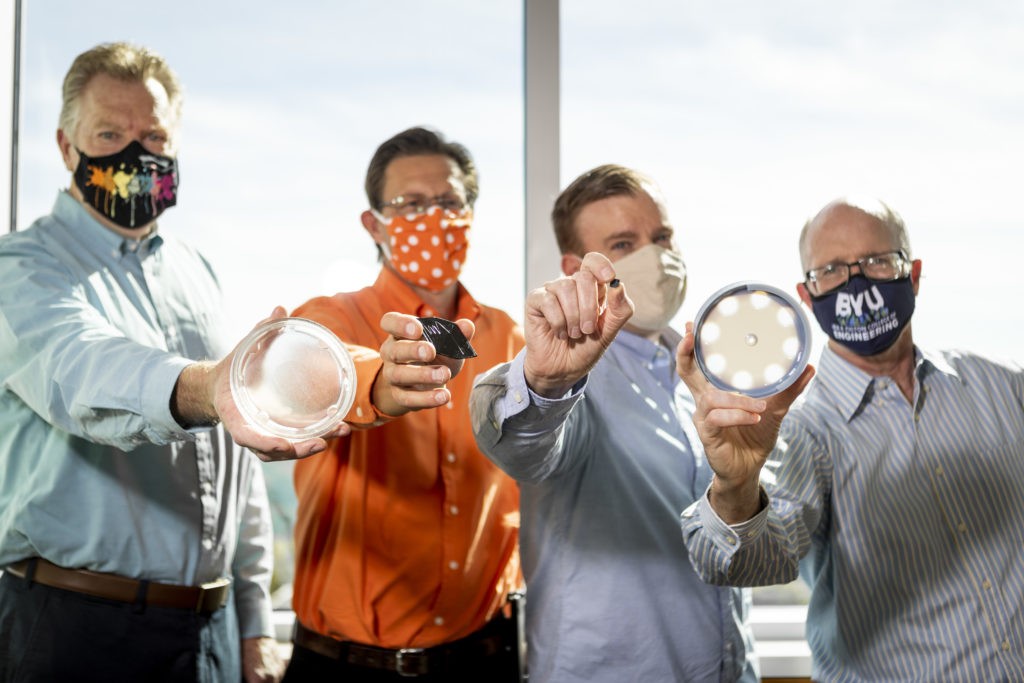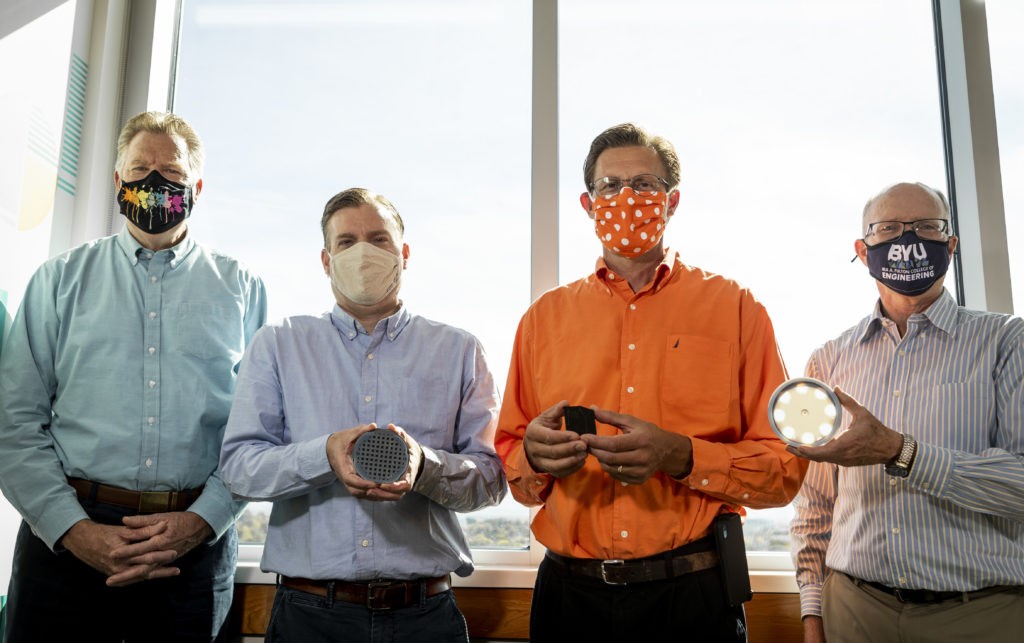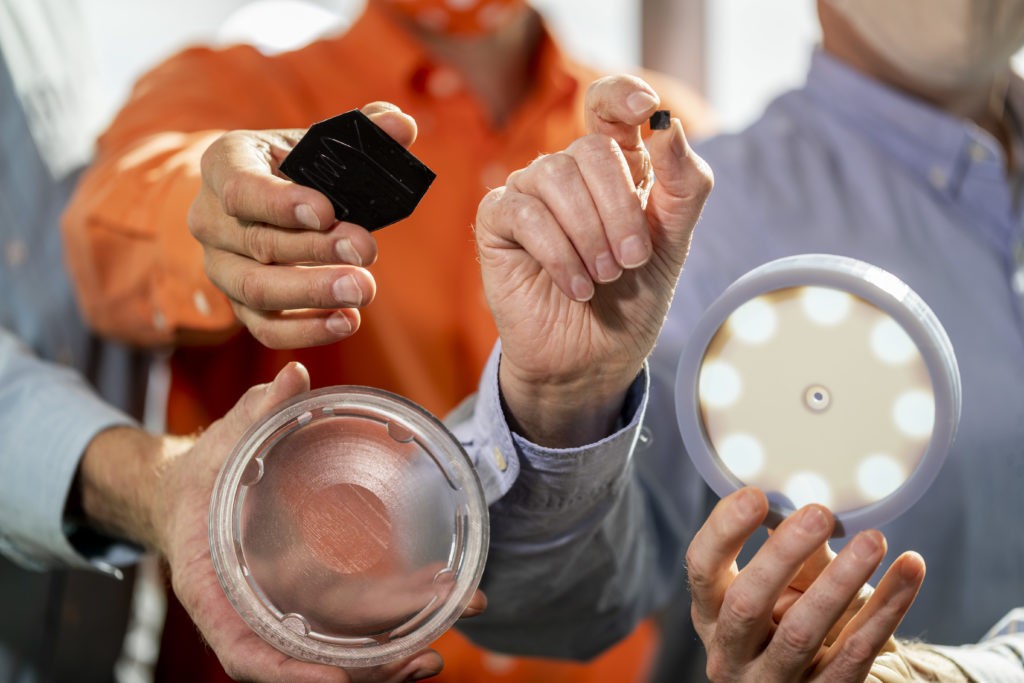
BYU professors collaborated to create a rapid DNA-extracting blood test to detect antibiotic-resistant bacteria in the blood.
This medical invention will help those diagnosed with blood diseases find correct and effective treatment faster.
Many blood diseases are caused by harmful organisms invading the bloodstream. These bacteria can be treated with antibiotics, but as the use of antibiotics increases around the world, more bacteria are becoming resistant to them. Stronger, last-resort antibiotics are available for those who are resistant to common ones, but doctors generally try to reserve them for extreme circumstances.
Patients are usually given a blood test to see whether they are resistant to antibiotics before they are given any treatment. The tests currently available to detect antibiotic resistance take up to a day to register, unfortunately giving the disease more time to take a toll on the individual.
BYU professors Richard Robison, Aaron Hawkins, William Pitt and Adam Woolley worked for over six years on creating a more rapid detection test to fix this problem. This new test yields results in around an hour, meaning patients will be given effective treatment sooner, greatly increasing their chances of survival.
“If you don’t get it fast enough, you just can’t stop it. There’s only certain drugs these bacteria respond to, so if you aren’t hitting them with the correct antibiotics, then the infection will run away with itself,” Hawkins said.
For this test, a doctor draws blood from the patient and puts the blood into a disc where centrifugal forces cause the spinning disc to separate the bacteria and plasma from the blood. Next, they lyse the bacteria, extract the DNA and put the DNA through a channel where a complementary DNA strand with antibiotic-resistant genes is. If the patient has any genes that match the resistant complementary one, it will attach and be captured in the channel.
Once caught, a fluorescent tag is marked on the patient’s DNA. They run the patient’s DNA through a silicon chip that acts as an optical detection device and a laser light illuminates any tags present, indicating the patient’s antibiotic resistance.
Using this invention, doctors will know whether the patient is resistant to common antibiotics and can treat the individual in the best possible way going forward.
“In the past, if they were terribly sick, a day can be deadly. But now we can get the right antibiotic to the right person,” Pitt said.
The technical innovation can also detect multiple types of bacteria at a time. “The beauty of this diagnostic system is it could be adapted to detect other types of clinical problems that are causing infections,” Robison said.
The team of professors each specialize in their own field to add proficiency and innovative solutions to this undertaking.
“That’s the beauty of this cross-disciplinary collaboration where people are bringing their strengths to attack a common problem,” Robison said. “It was quite unlike any collaboration I’ve been a part of before.”
Robison used his microbiology knowledge to study which bacteria genes were causing the antibiotic resistance. Chemical engineer Pitt was in charge of separating the blood from the bacteria. Chemistry professor Woolley created the channel with the coded pieces of DNA, and Hawkins created the optical detection chip with his electrical engineering background.
“You can solve problems so much easier when you have knowledgeable people in all these different subdisciplines who can bring their expertise to solve the problem,” Robison said.
The team connected with a startup company in the Bay Area to test and develop the invention for commercial use.






